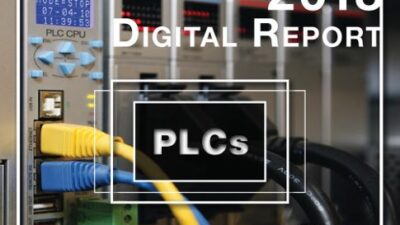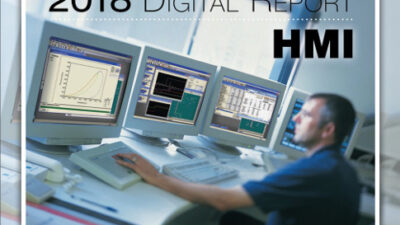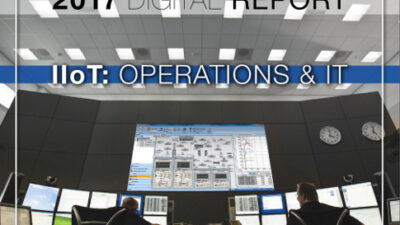1,400,000 total discharge and recharge cycles have been recorded by Vycon energy storage flywheel systems, which replace traditional lead-acid backup batteries used with uninterruptible power supplies (UPSs). Vycon shipped its 100th flywheel energy storage system in April. www.vyconenergy.com 615 genes in the human brain were mapped as of mid-June 2009, part of the Allen Institute for Brain Sci...
1,400,000 total discharge and recharge cycles have been recorded by Vycon energy storage flywheel systems, which replace traditional lead-acid backup batteries used with uninterruptible power supplies (UPSs). Vycon shipped its 100th flywheel energy storage system in April. www.vyconenergy.com
615 genes in the human brain were mapped as of mid-June 2009, part of the Allen Institute for Brain Science project to characterize gene expression in the human cortex. Beyond efforts to understand human maladies, a “brain map” may have related engineering applications: Untangling and mapping brain complexities can advance computing and analysis of complex systems, the organization says. www.brain-map.org
>1 billion sensors have been shipped by Freescale, the company announced June 22. The company is a leading supplier of micro-electromechanical systems (MEMS) acceleration and pressure sensors.
4 hidden industrial hazards include operator error, wear and tear, installation, and lack of maintenance, according to The American Society of Safety Engineers. The group’s annual meeting, Safety 2009, was June 28-July 1, 2009, in San Antonio, TX. www.asse.org/education/pdc09
52,000 digital clamp meters were recalled by Fluke May 15 due to shock hazard. To see exactly which model and serial numbers are involved, go to https://cpsc.gov/cpscpub/prerel/prhtml09/09222.html .
72% of customers who visit the top 10 U.S. amusement parks — 64 million people — are riding on self-regulated rides, according to Saferparks information-sharing website. “That means no government ride inspections or investigations of serious accidents, not even when a customer dies.” www.saferparks.org/database/agencies
250 thousand was the increase in online jobs posted demand in May, the first increase in six months, says The Conference Board. The group says employers’ increased hiring demand was the largest in two years. Increases were widespread, with 43 categories posting gains. Learn more at www.conference-board.org/economics/helpwantedOnline.cfm
2/3 of all private-sector U.S. research and nearly 80% of U.S. patents are supported by manufacturing. On May 8, 2009, the U.S. Labor Department reported the loss of 539,000 jobs in April, including 149,000 in manufacturing. https://www.dol.gov/opa/media/press/opa/OPA20090518.htm
$2,000 per-vehicle potential savings is possible if automakers would implement more common platforms, architectures, and components in their designs, says James E. Harbour in his new autobiography, “Factory Man,” published this year by the Society of Manufacturing Engineers (SME). Harbour says implementing “common” will be a much greater challenge for global manufacturing processes with the accelerated restructuring of companies wanting to survive. His comments and advice, which may also be applicable to other industries, includes:…“Each of the Big Three manufacturers must “commonize” their worldwide passenger car and truck platforms to greatly reduce investment for design and product development, new body shops, assembly lines, stamping tools and dies, and supplier tooling. …Engineering new platforms requires common body architecture. This will allow select assembly plants to be totally flexible. Production will be able to be switched from one model to another as the market dictates, quickly and without additional investment. …Common platforms and architecture will dictate the use of common commodity components. These include things like seat tracks, horns, lumbar supports, sensors, bearings, lock sets, door handles, and various hardware and fasteners. Says Harbour, “The combination of new common body platforms, common body architecture, and common commodity and non-commoditycomponents has the potential to save, conservatively, $2,000 per vehicle and reduce investment costs by 40%. But the impact of this drive will fall most immediately and heavily on the industry’s beleaguered suppliers of parts, components and systems.” Learn more at www.sme.org/factoryman .


